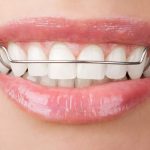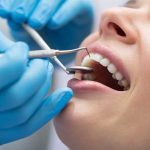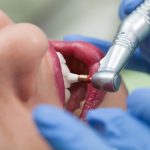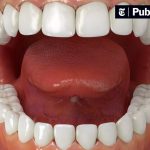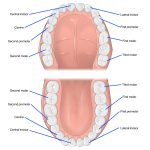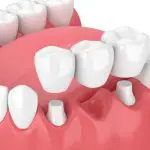When Do Puppies Lose Their Teeth? A Guide to Understanding Your Puppy’s Growing Process

Welcoming a new puppy into your home is a joyous occasion, but it also comes with a lot of responsibility. As a new pet parent, it’s essential to stay informed about your puppy’s growth and development. One crucial aspect of this process is understanding when puppies lose their teeth. Like human babies, puppies go through a teething phase, and it’s important to know what to expect during this time. Puppies are born without teeth, but they begin to develop them within the first few weeks of life. As your puppy grows, they will start to lose their baby teeth and grow adult teeth. This transition is a natural part of their development, but it can be challenging to know when to expect it. By understanding the timeline of a puppy’s teething process, you can better care for your furry friend and ensure they have a healthy, happy life. In this guide, we’ll take a closer look at when puppies lose their teeth and what you can do to support them through this exciting time.
Understanding a puppy’s growing process is crucial for any new dog owner. Puppies go through various physical and behavioral changes as they grow and mature, and knowing what to expect at each stage can help owners provide appropriate care and training. From teething and potty training to socialization and vaccinations, there are many important milestones that puppies need to reach to become happy and healthy adult dogs. By understanding these processes, owners can ensure that their puppies receive the proper care and attention they need to thrive. Additionally, understanding a puppy’s growing process can help owners identify any potential health or behavioral issues early on, allowing them to address them before they become more serious problems. Overall, understanding a puppy’s growing process is essential for anyone who wants to provide the best possible care for their furry friend.
Puppy Teething Process
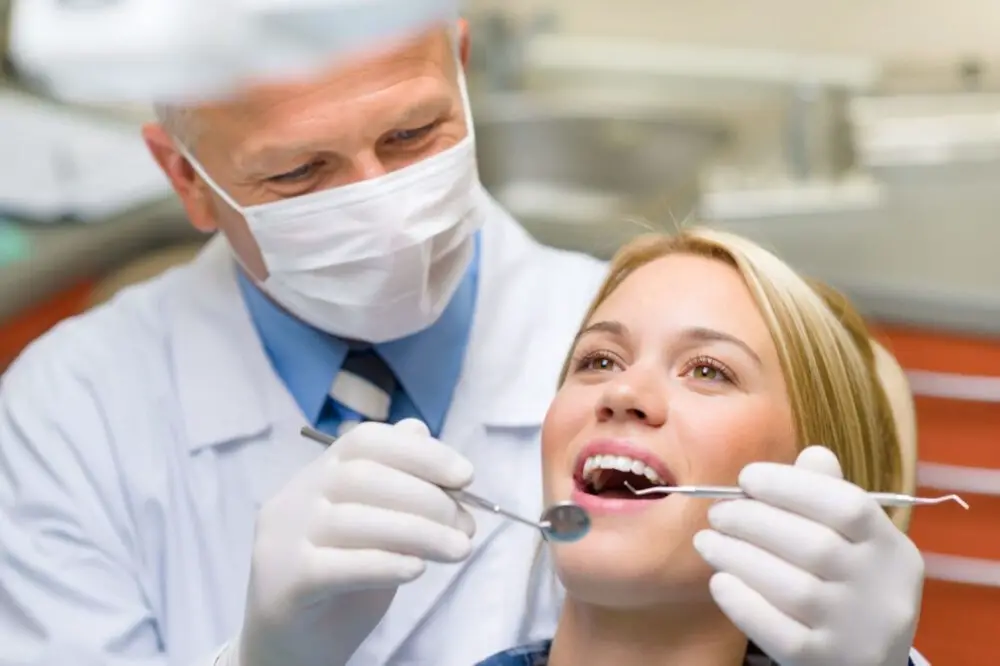
Puppy teething is a crucial process in a puppy’s life as it helps them develop healthy adult teeth. It usually starts when the puppy is around three to four weeks old and continues until they are six to eight months old. During this time, the puppy’s baby teeth fall out, and their adult teeth grow in. The process is a bit uncomfortable for the puppy, and they may experience some discomfort and pain. As a result, they may chew, bite, and gnaw on anything they can find to relieve the pain. It is essential to provide your puppy with chew toys, bones, and other safe items to chew on during this time. The teething process is divided into two stages: the primary stage and the permanent stage. In the primary stage, the puppy’s baby teeth start falling out, and their adult teeth start to grow in. This stage usually lasts until the puppy is around three to four months old. During this time, the puppy may experience some discomfort and may chew on anything they can find to relieve the pain. In the permanent stage, the puppy’s adult teeth continue to grow in, and their baby teeth fall out completely. This stage usually lasts until the puppy is around six to eight months old. It is crucial to provide your puppy with proper care and attention during this time to ensure they develop healthy adult teeth that will last them a lifetime.
The puppy teething process is a normal and necessary part of a puppy’s growth and development. Typically, puppies begin to lose their baby teeth around three to four months of age, and the process can last up to six months. During this time, puppies may experience discomfort and itching in their gums, leading them to chew on anything they can find, including furniture, shoes, and toys. To alleviate this discomfort, it is important to provide puppies with plenty of chew toys and treats specifically designed for teething puppies. As their adult teeth grow in, puppies will gradually lose their baby teeth, and their chewing tendencies will subside. By understanding the teething process and providing appropriate outlets for chewing, pet owners can help their puppies navigate this important developmental stage with ease.
As puppies grow, they go through a teething process just like human babies. This typically begins around three to four weeks of age when their baby teeth start to emerge. Over the next few months, they will develop 28 baby teeth, which will eventually be replaced by 42 adult teeth. The teething process can be uncomfortable for puppies, and they may chew on anything they can find to help soothe their gums. By the age of six months, most puppies will have lost all of their baby teeth and grown in their adult teeth. It’s important for owners to provide their puppies with appropriate chew toys during this time to prevent damage to furniture and other household items. Understanding this timeline can help owners provide the proper care and attention their puppies need during this important developmental stage.
Signs of Teething in Puppies
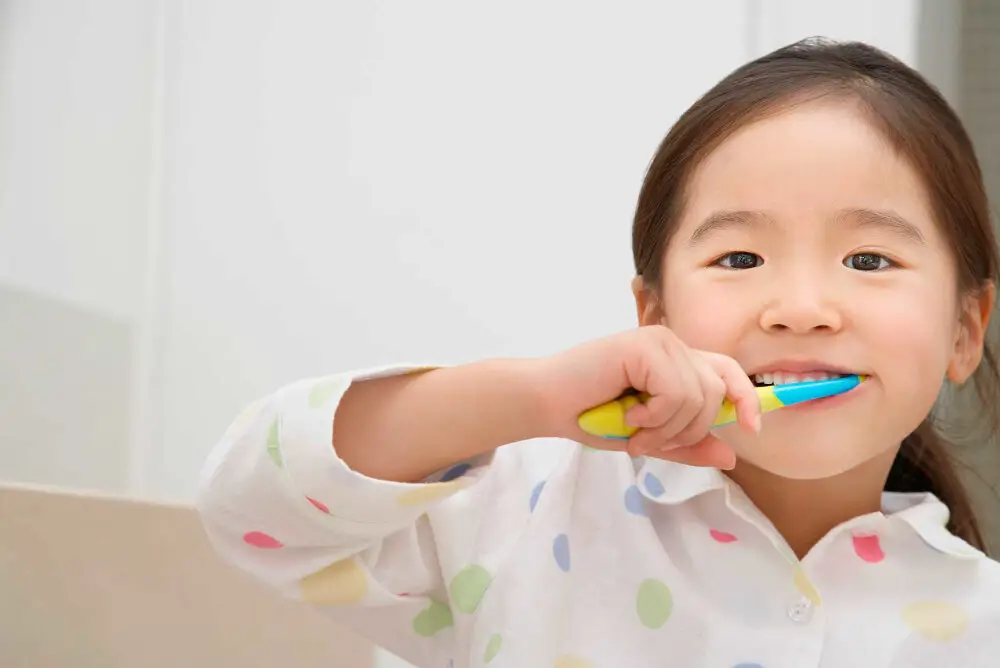
One of the most exciting and challenging times for puppy owners is when their little furball starts to teethe. Teething is a natural process and signifies that your puppy is growing up. However, it can be a painful and uncomfortable experience for your pet. Therefore, it’s essential to identify the signs of teething in puppies so that you can provide them with the necessary care and support. One of the primary indications of teething is that your puppy will start to chew on everything they can get their paws on. This is because chewing helps to relieve the pain and pressure caused by the teeth breaking through the gums. Therefore, it’s crucial to keep an eye on your puppy and ensure that they don’t chew on anything that could be harmful, such as electrical cords or toxic plants. Another sign of teething in puppies is that they may have swollen and red gums. This can make it difficult for them to eat and drink, resulting in loss of appetite and dehydration. You can help alleviate this discomfort by providing your puppy with appropriate chew toys, such as frozen carrots or rubber toys. Additionally, your puppy may become more irritable and restless than usual, and they may also drool excessively. It’s important to remember that teething is a natural process and will eventually pass. However, if you’re concerned about your puppy’s discomfort or behavior, it’s always a good idea to consult with your veterinarian to ensure that there are no underlying health issues.
As a puppy owner, it’s important to be aware of the signs that your furry friend is going through the teething process. Some of the most common signs to look out for include excessive chewing, drooling, red and swollen gums, reluctance to eat or drink, and even mild irritability. You may also notice that your puppy is more prone to biting or nipping during this time, as their gums are sore and they’re looking for relief. Additionally, keep an eye out for any loose or missing teeth, as this is a clear indication that your pup is in the midst of this important growth phase. By keeping an eye out for these signs, you can help ensure that your pup stays healthy and comfortable throughout the teething process.
Puppies losing their teeth is a natural process that occurs as they grow and develop. As puppies begin to eat solid food, their baby teeth, also known as deciduous teeth, start to loosen and fall out, making room for their adult teeth to come in. This process typically starts around 3-4 months of age and can continue until they are 6-8 months old. The loss of baby teeth can cause some discomfort for puppies, which is why they may chew on things or be hesitant to eat. However, this is a normal part of their growth process and should not be a cause for concern. It is important to monitor their teeth and ensure they are developing properly as they transition to their adult teeth.
Caring for a Teething Puppy
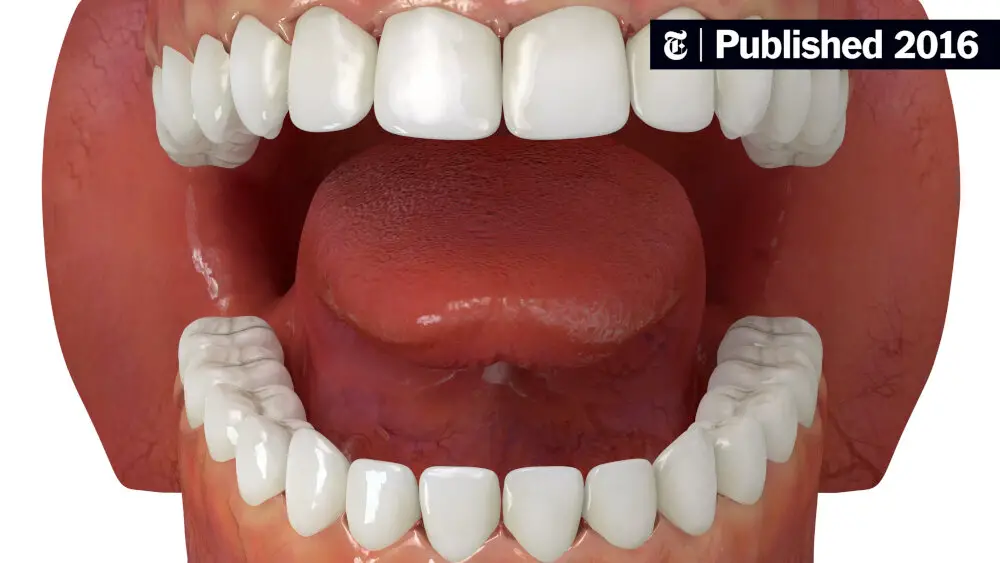
Caring for a teething puppy can be a challenging task. When your furry friend starts the teething process, they may experience discomfort and pain, which can lead to destructive behavior. To ease their discomfort, you can provide them with chew toys, such as rubber toys or stuffed toys. These toys can help to soothe their gums and provide a safe outlet for their chewing needs. Additionally, you can freeze the toys to offer a cooling effect that can further alleviate their pain. It is also essential to monitor your puppy’s diet during the teething process. Soft foods and treats can be easier for them to eat and digest as they may have difficulty chewing hard food. You can also offer them frozen or chilled treats, such as sliced fruits or vegetables, to further ease their discomfort. It is important to avoid giving your puppy bones or hard treats during this time, as they can damage their teeth or cause choking hazards. By providing your teething puppy with proper care and attention, you can help to ease their pain and ensure that they grow up with a healthy set of teeth.
When a puppy starts teething, it can be a challenging time for both the puppy and the owner. Puppies typically start teething at around 12 weeks old and continue until they are around 6 months old. During this time, they may experience discomfort and pain as their adult teeth start to come in. As an owner, there are several things you can do to help your puppy through this process. First, provide them with plenty of chew toys to help ease their discomfort and keep them from chewing on inappropriate items. Second, offer them cool, soothing items such as frozen carrots or ice cubes to help numb their gums. Third, be patient and understanding as your puppy may be more irritable or restless during this time. With proper care and attention, your puppy will be able to get through this teething phase and grow into a healthy, happy adult dog.
When puppies start teething, it can be a challenging time for both the pup and the owner. Providing appropriate toys and treats can help alleviate some of the discomfort and keep the pup from chewing on inappropriate items. Some recommended toys for teething puppies include soft rubber toys, rope toys, and chew toys that can be frozen for added relief. Treats that are beneficial for teething puppies include frozen fruits and vegetables, raw bones, and dental chews. It’s important to supervise your puppy while they are chewing on these items to ensure their safety and to avoid any choking hazards. With the right toys and treats, you can help your teething puppy through this important stage of their development.
Losing Puppy Teeth

Losing puppy teeth is a natural process that occurs as your puppy grows and develops. Generally, puppies start losing their baby teeth around the age of 4 to 6 months, and this process continues until they are about 8 months old. During this time, their adult teeth will start to push out the baby teeth, and your puppy may experience some discomfort and pain. This is normal, and you can help your puppy by providing them with appropriate toys to chew on and by ensuring that they eat a healthy diet. It’s also important to maintain good dental hygiene during this time to prevent any infections or complications. As your puppy loses their baby teeth, you may notice that their adult teeth are coming in at different times and in different orders. This is also normal and nothing to worry about. However, it’s important to keep an eye on your puppy’s dental development and check for any abnormalities, such as retained baby teeth or misaligned adult teeth. If you notice anything unusual, it’s best to consult with your veterinarian. Overall, losing puppy teeth is just one part of your puppy’s growing process, and with proper care and attention, your puppy will develop a healthy and strong set of adult teeth.
Puppies are born without teeth, but they begin to develop baby teeth, also known as deciduous teeth, at around 2-4 weeks of age. These teeth are sharp and pointy, and they are perfectly designed for biting and chewing. As your puppy grows, their baby teeth will start to fall out and be replaced by permanent teeth. This process typically begins around 3-4 months of age and continues until the puppy is about 6-8 months old. During this time, your puppy may experience some discomfort and may chew on things to help relieve the pain. It is important to provide them with appropriate chew toys to help them through this process and to ensure that their permanent teeth develop properly.
When a puppy loses a tooth, it is completely normal and a part of their natural growing process. However, it is important to keep an eye on their mouth to ensure there are no signs of infection or discomfort. You can offer your furry friend some soft and easily digestible food to help ease any discomfort they may be experiencing. Additionally, providing them with chew toys can help alleviate any teething pain and promote healthy dental development. Remember to keep up with regular veterinarian check-ups to ensure your pup’s teeth are growing correctly and to catch any potential issues early on. With proper care and attention, your puppy’s teeth will continue to grow and develop into a healthy adult set.
The article \When Do Puppies Lose Their Teeth A Guide to Understanding Your Puppy’s Growing Process\ discusses the process of puppies losing their baby teeth and transitioning to adult teeth. The article explains that puppies usually begin losing their teeth at around three to four months old, and the process typically takes six months to complete. During this time, puppies may experience some discomfort and may chew on objects to alleviate it. The article also emphasizes that it is important for puppy owners to provide proper dental care to their pets, including regular tooth brushing and professional cleanings. Additionally, the article highlights the importance of providing appropriate chew toys to help the puppies through the teething process. Overall, the article provides valuable information for puppy owners to better understand and care for their pets during this important growth stage.
Understanding a puppy’s teething process is crucial for their overall health and wellbeing. Puppies’ teeth start to come in around the age of two to four weeks and continue until they have all 28 baby teeth at around eight weeks. As their adult teeth start to come in, puppies’ mouths can become sore and swollen, and they may experience discomfort or pain. Knowing when these changes are occurring can help owners provide appropriate care, such as offering chew toys to alleviate discomfort and prevent destructive chewing behavior. Proper dental care during this critical time can also prevent potential health problems down the road, such as gum disease or tooth decay. By understanding a puppy’s teething process, owners can ensure their furry friend stays healthy and happy during this important stage of development.
Conclusion

In conclusion, understanding when puppies lose their teeth is an important aspect of being a responsible pet owner. It is a natural process that occurs during their growth and development. As puppies transition from their baby teeth to their adult teeth, it is vital to provide them with proper dental care, including regular brushing and dental check-ups. By being aware of their teeth’s growth process, you can ensure your puppy’s long-term health and well-being. As a pet owner, it is your responsibility to provide your furry friend with the best possible care, and that includes taking care of their teeth. So, keep a watchful eye on your puppy’s teeth and provide them with the attention they need to grow into healthy and happy adult dogs.
